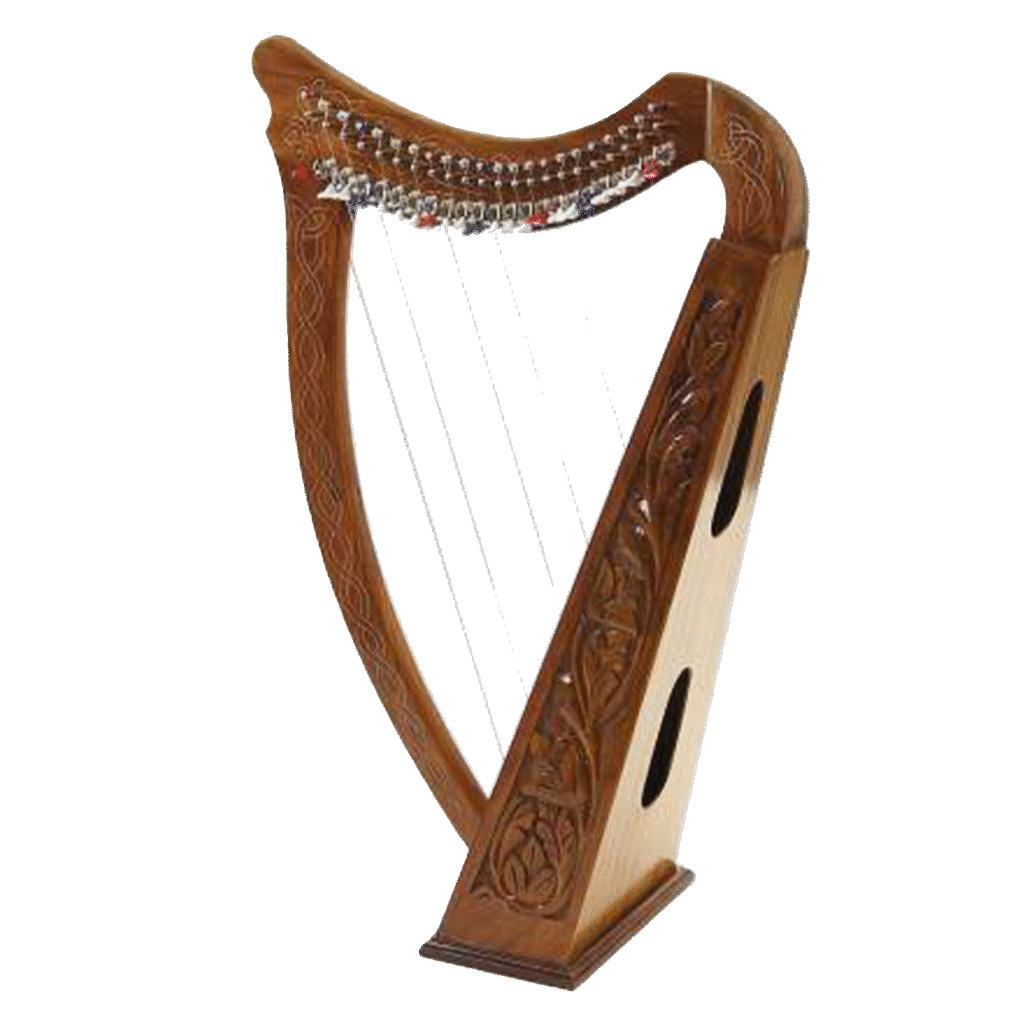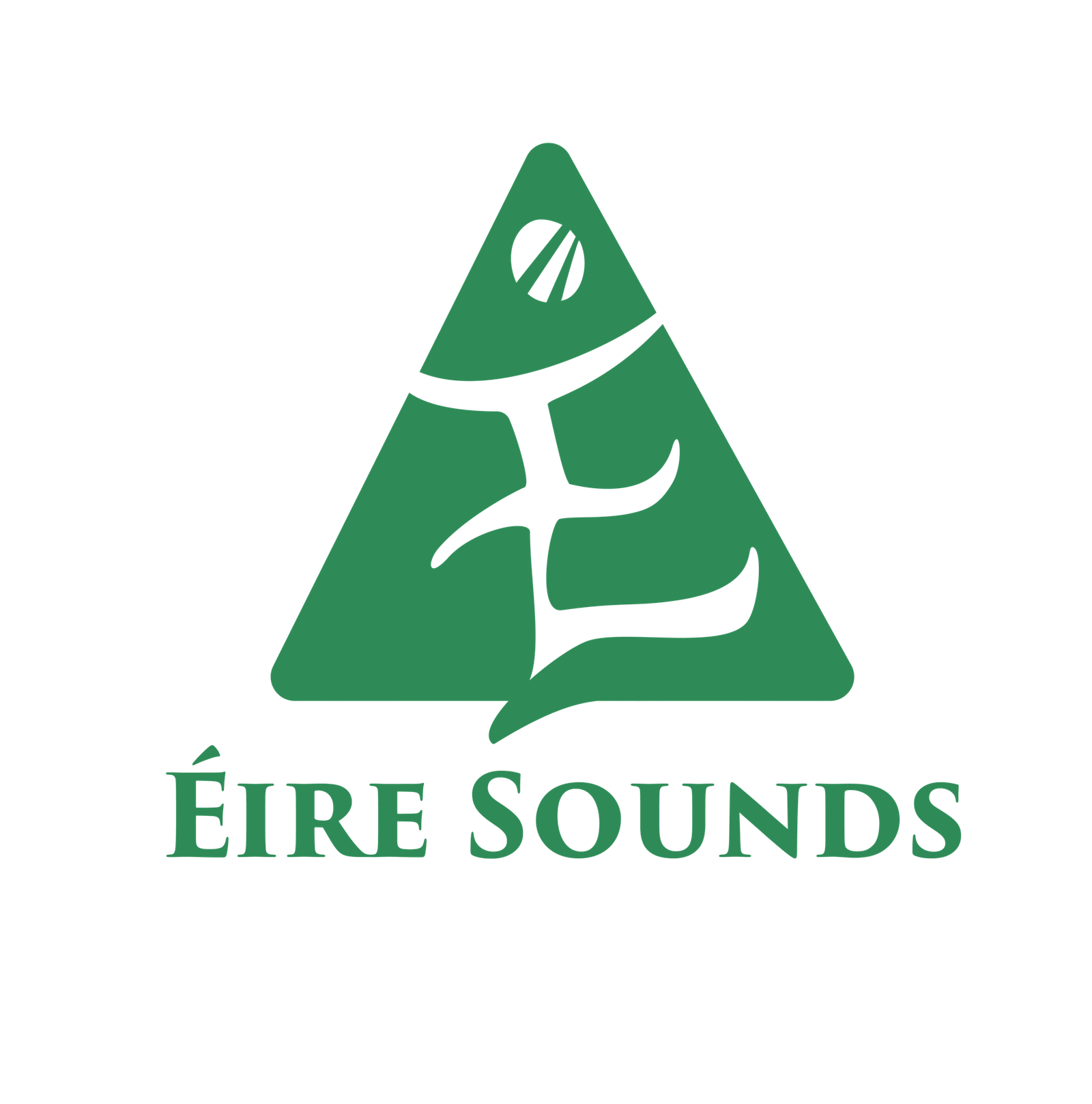- Description & Sound: Triangular wooden harp with gut or nylon strings; renowned for its ethereal, harp-like tone and historical significance as Ireland’s national emblem (McNeela Music, Wikipedia).
- How it’s played: Typically seated; strings plucked with fingertips; hands often play independent rhythms for melody and accompaniment.
- Usage: Traditionally played for airs and accompaniment; used in modern folk and contemporary music too.
- Notable Harpists: Turlough O’Carolan (17th‑century composer‑harpist), Moya Brennan, Cormac de Barra, and Patrick Byrne in modern times (McNeela Music).
Historical Context
- Ancient Origins: The harp is one of the oldest instruments in Irish culture—dating back to at least the 10th century, and likely much earlier.
- Cultural Symbol: Harpists were revered in Gaelic society, often employed by nobility and chieftains. Bards and harpers composed and performed courtly music.
- Decline: With the collapse of Gaelic Ireland in the 17th century, the old harp tradition nearly vanished.
- Survival & Revival:
- In the 1790s, Edward Bunting began collecting harp music from the few remaining players.
- The Belfast Harp Festival (1792) helped preserve the tradition.
- The 20th-century Celtic harp revival brought the instrument back into folk music, with players like Máire Ní Chathasaigh blending old and new styles.
Symbolism: The harp remains Ireland’s national emblem, used on coins, passports, and the presidential seal.

